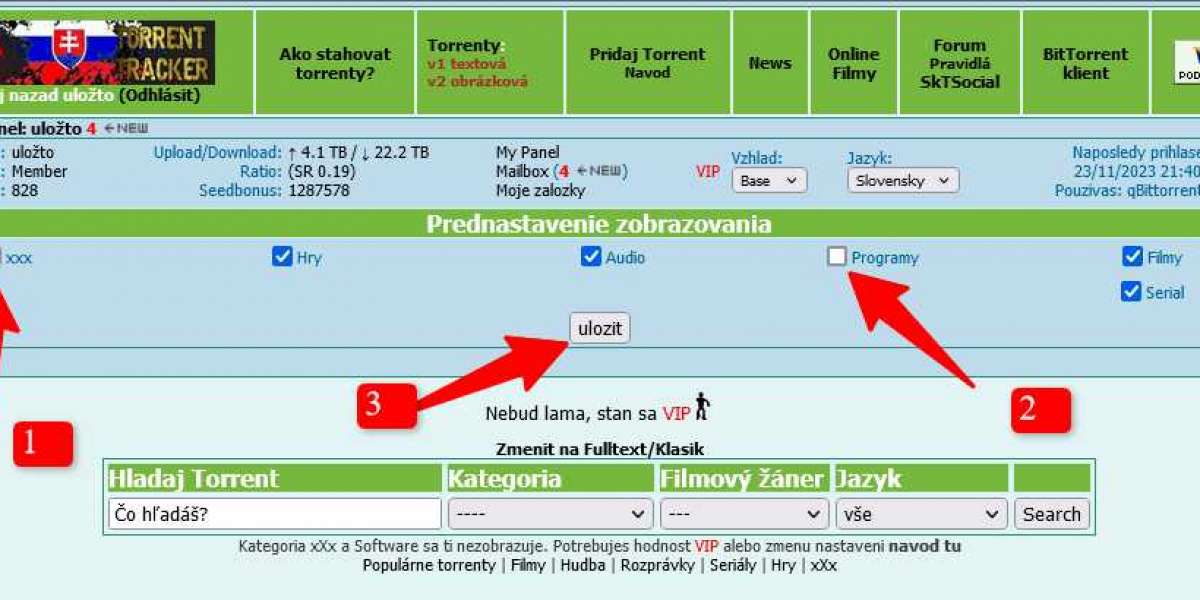A Section 21 notice is a legal tool available to landlords in England and Wales that allows for the eviction of tenants under an assured shorthold tenancy (AST). Unlike Section 8 notices, Section 21 does not require the landlord to provide a specific reason for eviction. This guide will outline the process step-by-step, offering valuable insights from eviction specialists and discussing the potential implications for landlords involved in both residential and commercial eviction scenarios.
Understanding the Basics of Section 21 Notices
What Is a Section 21 Notice?
A Section 21 notice is often called a “no-fault eviction” as it does not require a breach of tenancy agreement. However, landlords must follow strict legal protocols to ensure the notice is valid.When to Use a Section 21 Notice:
Section 21 notices are typically used to regain possession of a property at the end of a fixed-term tenancy or during a periodic tenancy. Consulting with eviction specialists can help landlords determine the most appropriate time to serve this notice, especially if they are managing multiple properties.
Step 1: Confirm Eligibility to Serve a Section 21 Notice
Before serving a Section 21 notice, ensure you meet the following requirements:
- The tenancy is an assured shorthold tenancy (AST).
- The tenant has been provided with the necessary legal documentation, including the Energy Performance Certificate (EPC), gas safety certificate, and the government’s “How to Rent” guide.
- Any required deposits have been placed in a government-approved tenancy deposit scheme.
Step 2: Drafting the Section 21 Notice
Precision Is Key:
Use the prescribed form (Form 6A) to draft the Section 21 notice, ensuring all details are accurate. Errors in dates, tenant names, or property addresses can invalidate the notice.Eviction Specialists' Role in Drafting:
Landlords who are unfamiliar with legal language or who want to avoid errors can rely on eviction specialists to prepare the notice. Their expertise ensures compliance with legal standards, minimizing delays.
Step 3: Serve the Section 21 Notice Properly
Delivery Methods:
Section 21 notices can be served in person, by post, or via email if the tenancy agreement allows electronic communication. Ensure proof of service is obtained for legal purposes.Timelines:
Landlords must provide tenants with at least two months’ notice, ensuring that the notice period aligns with the tenancy terms.Challenges in Serving Notices for Commercial Eviction:
While Section 21 primarily applies to residential properties, eviction specialists who also handle commercial eviction can provide insights into the procedural differences when dealing with commercial tenants.
Step 4: Wait for the Notice Period to Expire
Once the Section 21 notice is served, landlords must wait for the notice period to expire before taking further action. This waiting period gives tenants time to vacate voluntarily or respond to the notice.
Step 5: Initiate Possession Proceedings
Filing for Possession:
If the tenant does not vacate after the notice period, landlords can apply for a possession order through the courts. Consulting with eviction specialists during this phase is highly recommended to ensure the court application is error-free.Accelerated Possession Process:
For landlords looking to expedite the process, an accelerated possession procedure may be appropriate. This option does not typically require a court hearing, making it quicker and more cost-effective.
Challenges and Legal Considerations
Compliance with the Deregulation Act 2015:
Ensure all legal obligations have been fulfilled, such as providing the tenant with the required documentation.Defending Against Retaliatory Eviction Claims:
Landlords must demonstrate that the eviction is not in response to a tenant’s complaint about the property’s condition. Eviction specialists can help landlords navigate these complex disputes.Considering Commercial Eviction Scenarios:
While Section 21 notices are limited to residential properties, landlords managing both residential and commercial units can benefit from specialized advice. Eviction specialists often have experience handling both types of cases, ensuring smooth transitions.
Step 6: Enforce the Possession Order
If the tenant still refuses to leave after the possession order is granted, landlords may need to involve enforcement agents (bailiffs) to remove the tenant from the property. This step should always be handled professionally, and working with eviction specialists can streamline the process.
Best Practices for Landlords
Maintain Accurate Records:
Keep thorough documentation of all communications, payments, and notices served.Work with Eviction Specialists:
Partnering with professionals can save time, reduce stress, and ensure compliance with complex legal requirements.Avoid Common Mistakes:
Avoid pitfalls such as serving a notice too early, using outdated forms, or failing to protect the tenant’s deposit.
Conclusion
Serving a Section 21 notice requires meticulous attention to detail and strict compliance with legal procedures. Landlords who navigate this process successfully often rely on the guidance of experienced eviction specialists. Although Section 21 notices are specific to residential tenancies, the expertise of these professionals extends to commercial eviction cases, providing landlords with comprehensive support. By following this step-by-step guide, landlords can minimize risks, reduce delays, and achieve a successful resolution.








